Autodesk University (AU) Las Vegas is always a great, thought-provoking conference, and the 2017 event did not disappoint. The repeated theme of “More. Better. Less.” presented an aspirational challenge, while the content of the program gave attendees the practical knowledge and tools needed to rise to the occasion. Time and time again, attendees were shown how applying futuristic concepts to existing processes and procedures could solve for many of the challenges we face today while also preparing us for the future of making things.
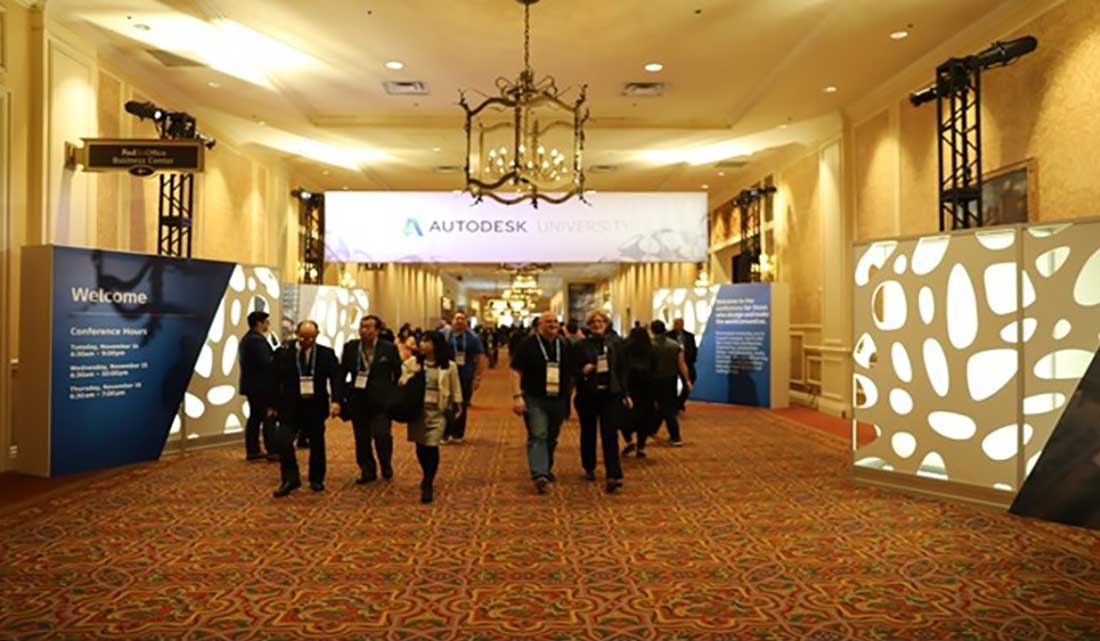
My biggest takeaway from AU was that we should embrace the opportunity to change and expand our ways of thinking. The challenges we face as we make these changes – from the threats posed by automation to the growing skills gap – are all part of the process. When we look at the past, present, and future of making things, the common thread is our ability to adapt and innovate to make the world a better place.
Learning from the past
In his opening keynote presentation, Autodesk President and CEO, Andrew Anagnost, discussed the struggles with today’s rapidly changing technology and how many times we have overcome these same issues in past technological revolutions.In the industry-wide discussion about automation, machine learning (ML), and artificial intelligence (AI), we tend to focus on consequences of these changes rather than the potential. Anagnost illustrated this point by discussing the concerns bank tellers had with the advent of the automated teller machine (ATM). Many thought that human bank tellers would be replaced entirely by the ATM, but instead, banks pivoted the role to allow them to provide more, better services to their customers by focusing less on the more mundane, day-to-day tasks. By looking at the situation as an opportunity rather than a threat, banks were able to grow their businesses and retain their employees – a win on both fronts!
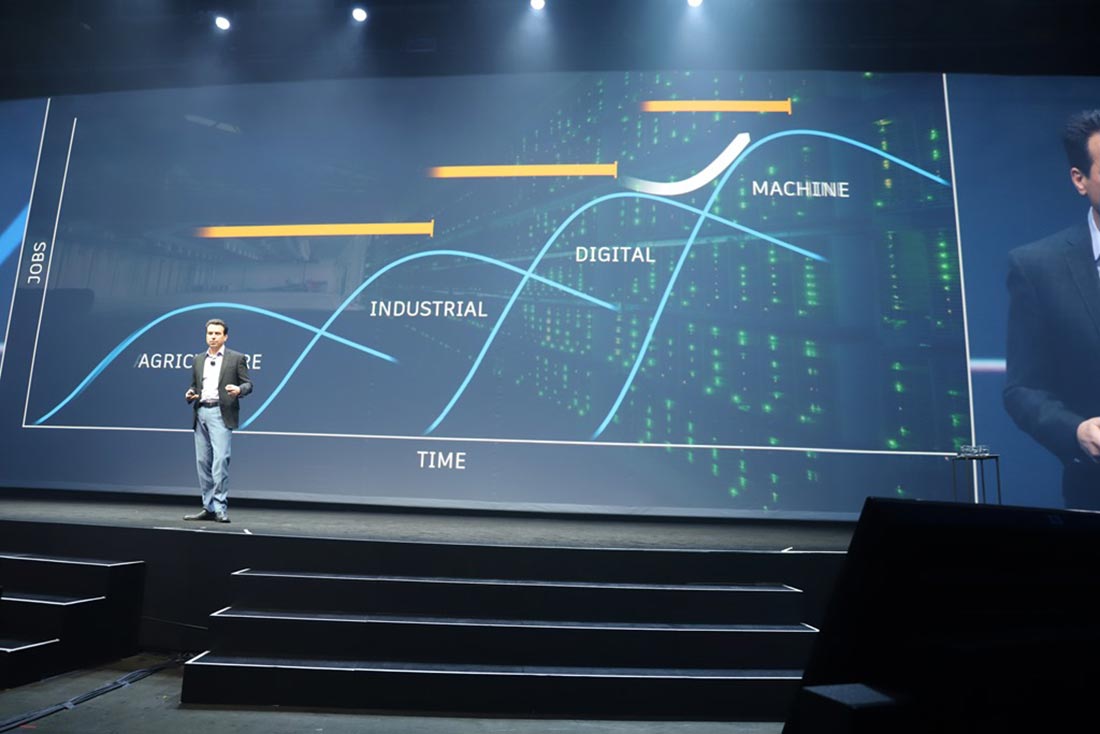
These times of growth and change are not easy, however. As Anagnost discussed, there’s a gap in every technological revolution where the skills you needed in the past are not the skills you need for the future. Due to the rapid advancement of modern technology, the time between revolutions is shortening. Because of this, we must find ways to adapt the knowledge we already have to succeed today, while also learning the new skills and technologies we need to thrive in the future.
Succeeding in the present
While the task may seem daunting, AU was filled with companies doing incredible things with their existing technologies and skillsets. During the technology keynote, presented by Amy Bunszel, Autodesk Senior Vice President of Design and Creation Products, welcomed to the stage a number of companies doing just this.
Tim Evans from Kalitta Motorsports Engineering joined Bunszel to share how Kalitta is using generative design and simulation to build more powerful, lighter weight race cars. Using generative design to create shapes that are consistent with those found in nature, Kalitta is able to experiment with designs that weigh far less than their traditional counterparts. This is crucial in the racing world as lighter cars travel faster and, therefore, win more races. Additionally, by bringing their old data into their new software, Kalitta leverages simulation tools and finite element analysis (FEA) to run tests that previously would have had to been conducted on a race track. The ability to test how different designs and materials would react under the extreme conditions in racing helped to reduce costs and time to market.
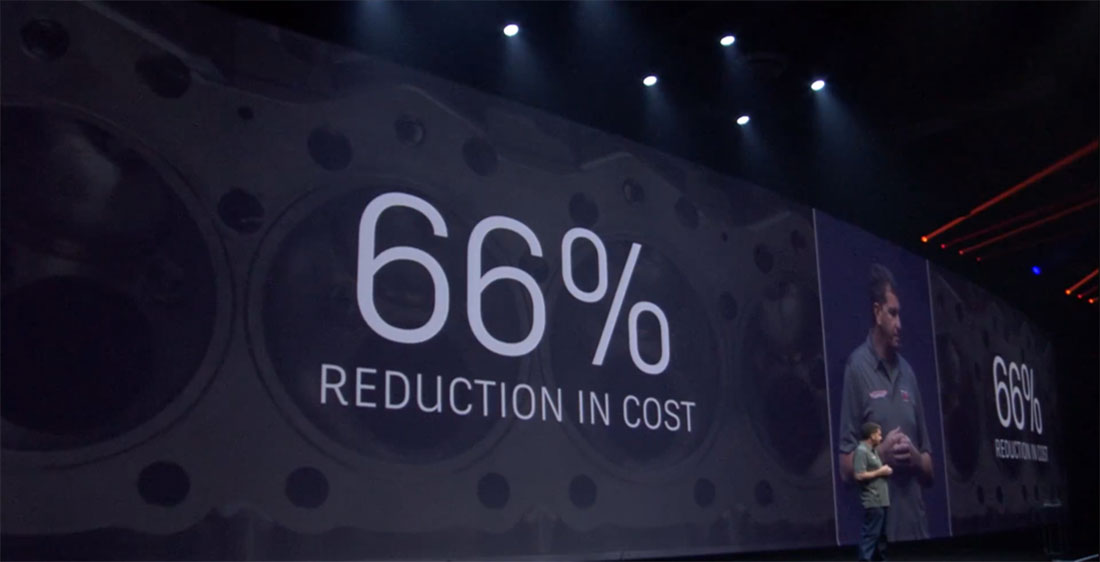
Another highlight from the technology keynote came from Bridgestone Tires, who are currently renovating their production facilities and moving to state-of-the-art equipment. Using augmented reality, Bridgestone is able to digitally walk through their new plant designs before renovating. This allows them to ensure they won’t encounter costly unexpected problems, such difficulties in maintaining the machines in the facility. Once the layouts are complete, Bridgestone uses mixed and virtual reality to retrain their production workers on the new equipment, reducing turnover and creating a more effective training environment.
Perhaps one of the most exciting examples came from Van Wijen Noord B.V., a leading construction company in the Netherlands building custom, modular houses. During the opening keynote, Van Wijen COO Hilbrand Katsma showed how they moved from 2D drawings to 3D building information models, increased their use of communication technologies across all areas of business, and optimized logistics with their partners to completely reshape and grow their business. In two years time, Van Wijen reduced the time from contract to build from eight months to only three months, with actual construction taking as little as 3 weeks.
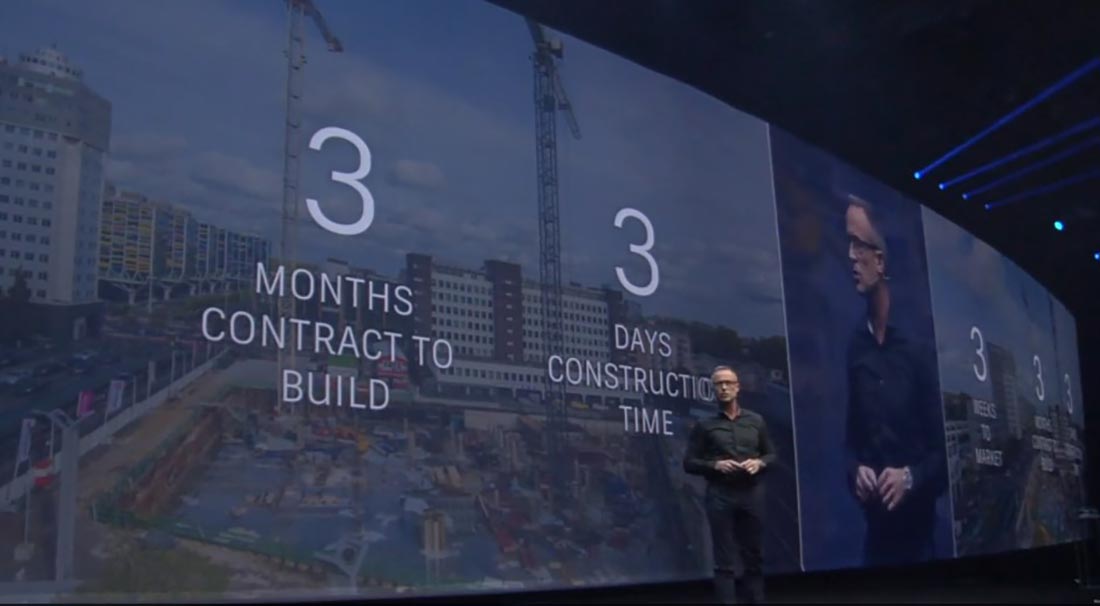
By simply taking advantage of the technology already available to them, Kalitta, Bridgestone, and Van Wijen have been able to do more, better, with less. In each of these examples, we see companies reducing their overall costs, reducing waste, creating and designing better products, and, ultimately, increasing their bottom line. All three of these companies show the importance of learning to fully utilize your technology.
Preparing for the future
As I listened to the keynote presentations and made my way through the exhibit hall, the thing that stood out to me in all of this was the constant emphasis and importance placed on learning and education.
Anagnost discussed on the first day the importance of access to new skills and technology for a company’s or an individual’s success. We used to live in an economy that favored workers with a singular skillset or specialty. However, as technology progresses and has an increasingly profound impact on our lives, it is essential for workers to grow their skill sets so they can succeed in the present and prepare themselves for the innovations still to come.
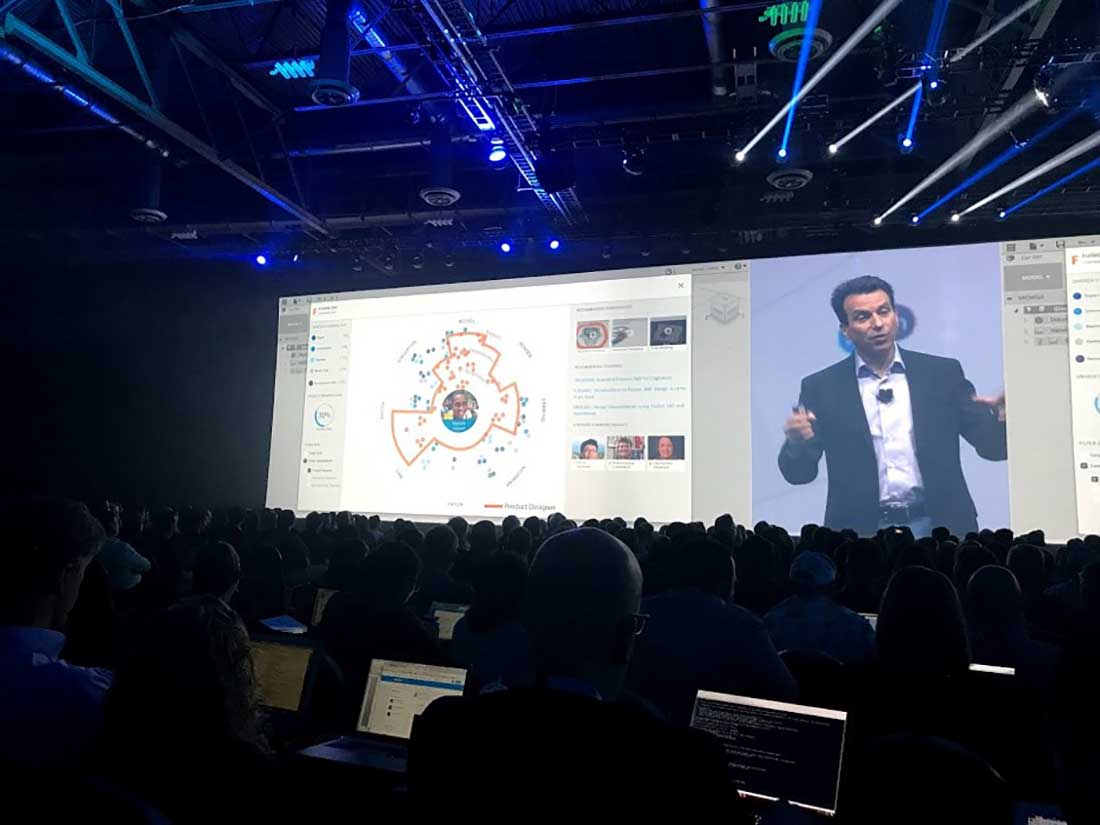
We must change our perspective on learning. Anagnost told the audience that we need to follow the lead of generative design and adapt to our changing needs. He continued by saying that we must explore new ways to bring learning into the work environment, invest more in job training and reskilling workers, and educate people on the technologies changing our world.
This connected with me and the mission we’ve set for ourselves at SolidProfessor: to help people learn valuable skills through exceptional learning experiences. By focusing on the importance of continuous learning, we’re taking the first steps towards becoming a more adaptable society. When we learn from our past and prepare for the future, we set ourselves up to succeed in the present by making more, better, with less.
























